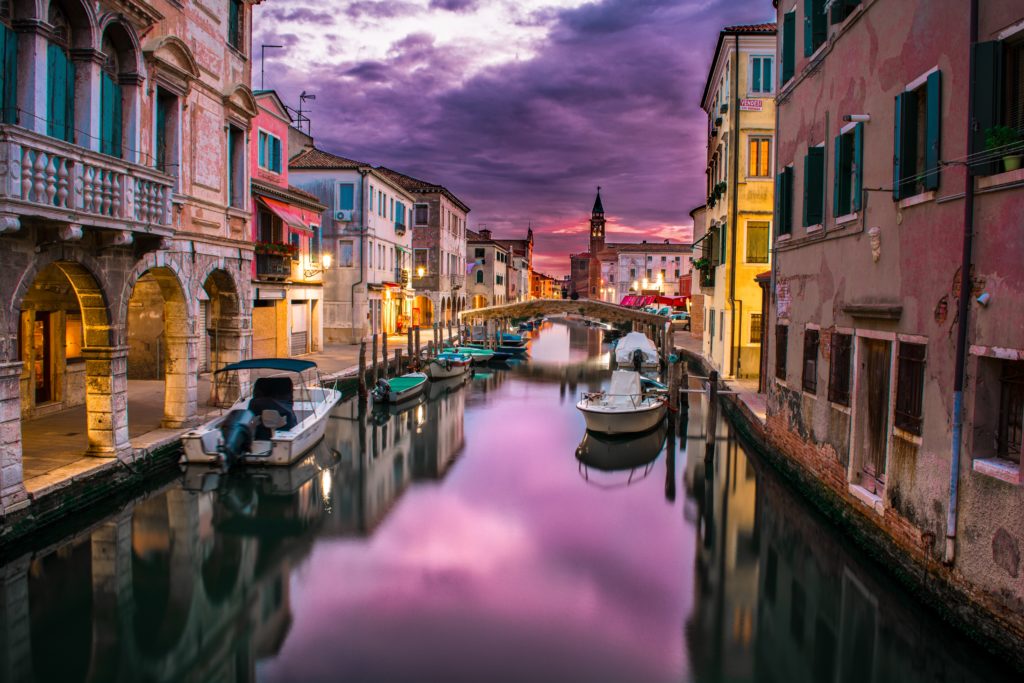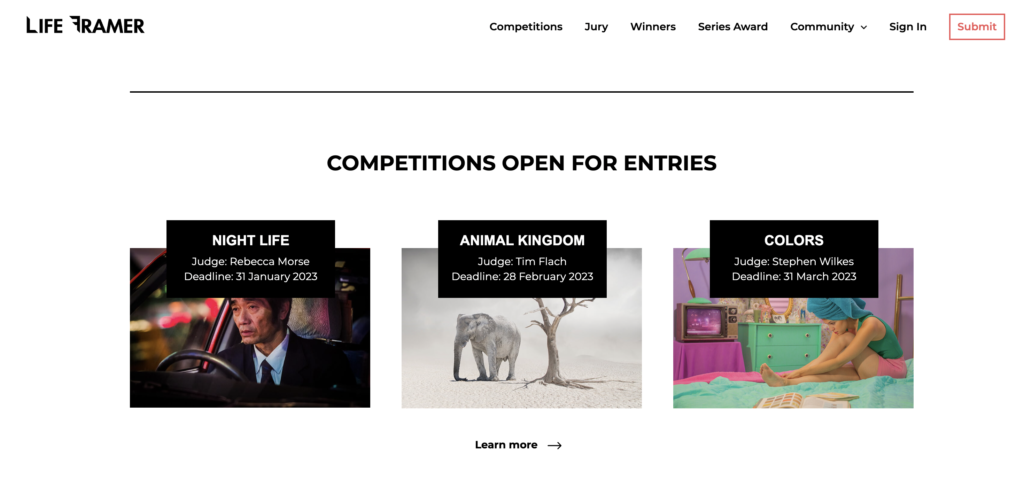Do you ever get the feeling of Deja Vu when visiting certain photographer’s websites? A sense that you have seen this all before? It's quite possible that this is because that photographer’s website is laden with cliches.
Cliches in photographic websites can be in the form of the written word or as visual content. Either way that over-familiarity can have a negative effect on the site’s viewers. At worst, it can drive them away, at best it will stop them delving further into your site.
But what are those cliches and how do we avoid them?
Identifying Cliches
For as long as it has been around, photography has gone through certain fashions, trends and fads. Think starburst filters in the 80’s or over-blown HDR in the naughties. Some of these fads arrive and disappear overnight, others linger around. The ones that linger become cliches, overused, lacking in creativity and not engaging for an audience that has seen it all before.

In both visual and written terms, avoiding cliches is as simple as being original yet taking inspiration from the centuries-old rules that govern the visual arts and the written word.
It’s also as simple as not following the crowd. With that in mind, let’s look at trying to identify where you might be using cliches in your website.
The Written Cliches
If your “About Me” page contains a phrase such as “Photography is my life” or “My greatest passion in life is photography” then you have already identified the first cliche. People coming to your webpage know they are visiting a photographer’s site. The very fact that you are a photographer and have taken the time and “passion” to showcase your work already demonstrates how important photography is to you. You don’t need to echo that in your biography.
Similarly, if your About Me page contains an exhaustive list of the equipment you use, you are also buying into the cliche. The only people generally interested in your gear are other photographers but your website should be aimed at everyone with a passing interest in the visual arts. Most of them neither care nor understand what equipment you use, they simply want to admire your creative and technical skills. Go through your bio and edit it so as to tell people about your experience and skillsets.

Another area where you might find cliches is in your blog. Try to avoid titles that are borderline clickbait. Viewers get annoyed when they read a dramatic blog title only to be disappointed by relatively banal content.
Photographic blogs are supposed to give the viewer an informed look at how you conceive and take images. One cliche that some photographers are guilty of is making the blog too much about them and not about their technique and creativity. Read through your blog articles and try to identify posts that are potentially self-centred and theme/rewrite them more towards the what and why and not who.
The Visual Cliches
Where do we start with identifying visual cliches in your site? Let’s actually start by defining what your visual content, aka your portfolio, should be. It should be a demonstration of your photographic creativity, genres and technique. It should be diverse, yet have a uniquely identifiable style.
With that in mind, let’s start with the biggest cliche of many photographer’s websites – too many images. Go through your portfolio pages and make sure you edit down to around 15-20 of your very best shots. However, it’s still possible that within that selection you may have some shots that are cliched. So what types of images should you avoid or remove?
- The over-blown HDR shot. HDR has an important place in photography and if done well has a place in your portfolio. Just because it is striking it does not mean that it is good.
- Selective colour on black and white. This is a technique that works well if you are printing and framing a shot for your office or studio, but as a contribution to your portfolio, it’s a no-no. It’s a technique that is easy to do, and therefore has been done to death. While striking, it will not demonstrate to your audience either creativity or great technical knowledge.

- The vignette. Like HDR, the vignette has an important place in photography. Used subtly it draws the viewers eye towards the intended subject. Done without subtlety, it drags the viewer's eye to the subject and distracts them from other aesthetic elements within the image. As a rule of thumb, if you can clearly see a vignette, it’s a cliche.
- The sunset. Ah yes, the ever-present sunset is as big a cliche as you can get in a website. Again, that’s not to say it does not have a place in your portfolio, but it has to be something special. A shot of a nice sunset over a beautiful calm sea might look soothing and impressive but it does not demonstrate creativity or camera craft.
- Excessive or Fake Bokeh. Another “style” rapidly descending into the realm of cliches is the reliance of ultra-shallow depth of field and excessive Bokeh. When the technique emerged a few years ago it was visually stunning. However these days it has become pretty much a go-to technique for people photography. As a portrait photographer, there is no problem with one or two shots like this in your portfolio however you need to demonstrate other portrait techniques as well. Too many portfolios these days contain nothing but this style.

There are too many visual cliches to list here but a simple way to identify them is to spend time on sites such as 500px and Flickr. Look through the various genres and you will soon see where certain cliches lie.

Avoiding or Removing the Cliches
Identifying and removing cliches within your site is an important consideration. However, you can also avoid your site becoming cliched and stale by updating it often. By adding and removing content on a regular basis you avoid your site as a whole becoming cliched. It also gives you the opportunity to replace cliched content with fresh, original work.
Using this guide, set aside some time, perhaps at a weekend to go through every page of your site and identify areas that you think maybe cliched. Write them down and think of some alternative content that is both fresh and creative. Then when you have time, page by page update your site into something more innovative.
Combine that new content with a little SEO work and you should soon find your audience growing.




